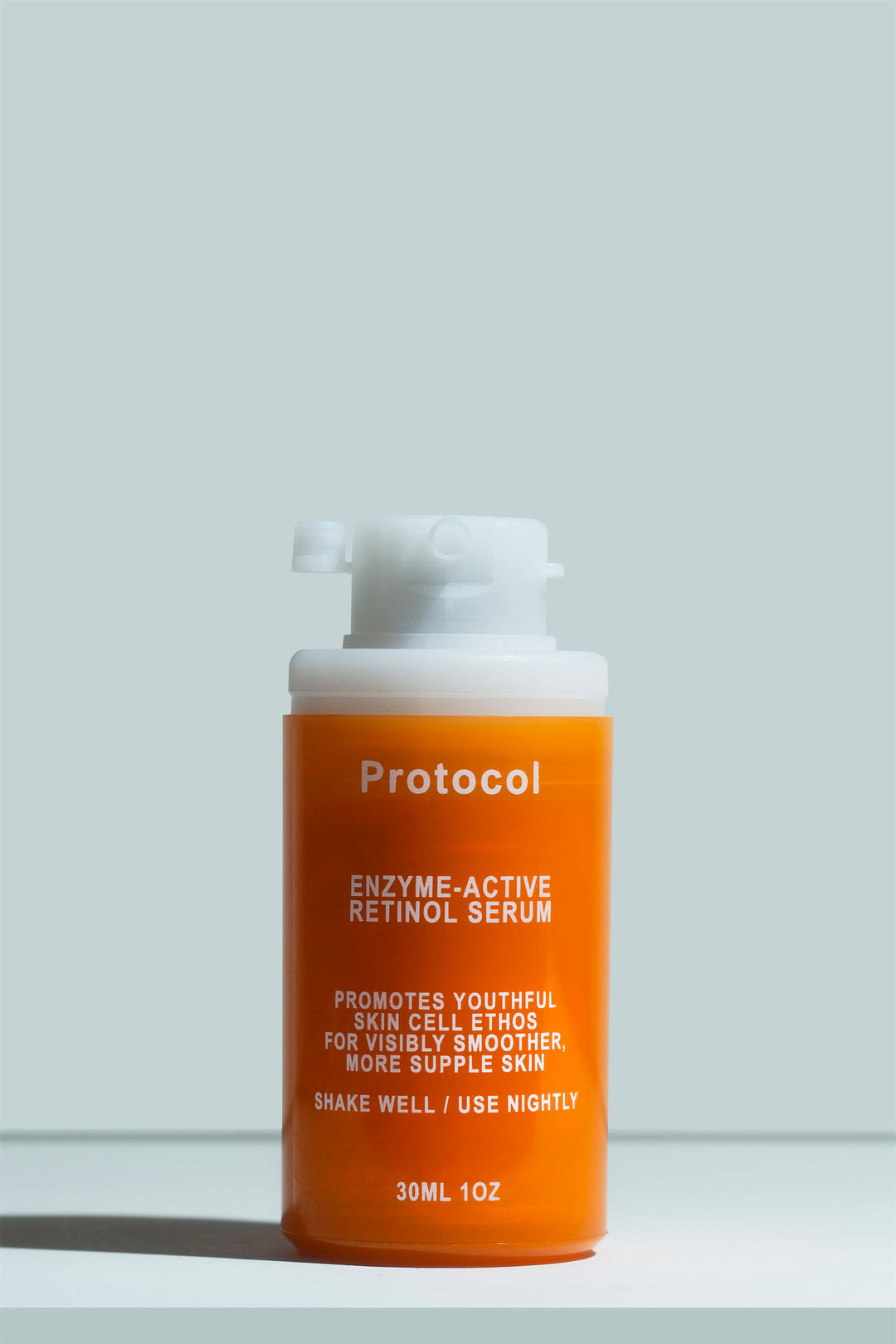How to Judge a Skincare Product

The skincare market is a jungle full of brightly colored berries. Some of them are poisonous, most don't do anything at all, and a select few can be incredibly nourishing.
In a market like that, finding those nourishing berries can be a struggle. More often than not, what seems like a great skincare product is actually pretty basic (or even harmful) but with excellent marketing.
In this post, we’ll explain our process for evaluating individual skincare products and deciding if they’re worth our time and money. We’ll explain how to check skincare ingredients and their claims, to know if your skincare is any good.
Before diving in: If you’re looking for help getting started on your skincare journey or choosing the right products for you, we suggest reading our basic skincare routine guide first, where we touch on what you should look for in different products!
Identify real vs bogus claims
A good place to start is by judging the claims a brand makes about its products - especially if the claims are the thing that attracted you to the product in the first place.
Claims are the main benefits that a brand promotes on the product page or in the product description.
Some brands don’t make any grand claims - they’ll tell you that their moisturizer moisturizes, and that’s about it. We’re actually huge fans of this approach, especially when it comes to basic products like cleansers or moisturizers.
Many well-known brands make ludicrous claims that they often tie to specific ingredients (marketers call these ingredients “hero” ingredients). For example, a brand might suggest that peptides will replace Botox or that orchid stem cell extract will reverse skin aging. Make a mental note of these “hero ingredients” and the claims tied to them, since you’ll want to investigate what’s behind them.
How to check skincare ingredients
So now that you’ve identified the product claims and which ingredient they relate to, it’s time to investigate!
Ideally, we want to see published studies on humans that show that a product or ingredient really does what it claims to do. So a great example would be retinaldehyde. We selected it as the star ingredient in our Enzyme-Active Retinol Serum specifically because we found the research so convincing!
If you go into a search engine and search for “retinaldehyde + skin + research,” you’ll land on a few different human studies dating back as far as 1994 that show its wrinkle-fighting effects. They include double-blind, controlled trials as well as one study that compared retinal (favorably!) with prescription-strength retinoic acid.
So feel free to steal our approach:
- Go into Google or your favorite search engine, and type in the name of the ingredient along with the words “skin” or “topical” and “research.”
- When you search, look for studies published through PubMed or other similar research aggregators.
- You can also add words like “wrinkles” or “acne” to your search if you’re researching a product that promises to fix those specific issues.
Once you find the research, try to understand exactly what a product is meant to do, how it’s meant to do it, and at what concentration or delivery system.
More often than not, when examining a product from most brands, what we find is either no scientific backing at all or very preliminary research done on skin cells in a petri dish (i.e., in vitro) and not on humans, which doesn’t correlate with the amazing claims they make.
Another factor we like to consider is where the research comes from. To find that out, you can usually glance at the “Acknowledgments” section of a paper, between the conclusion and references. If you want to dig even deeper, you can look up the names of the researchers who put the paper together, to find out whether they have any brand affiliations.
Especially for patented ingredients, the research isn’t independent but comes from the brands or manufacturers. This makes it less trustworthy since there’s an inherent bias in sponsoring research that’ll help you sell a product.
Using ingredient checkers as a shortcut
When we’re in a rush, we’re big fans of INCIDecoder, which is a website that gives excellent summaries of ingredient claims and research. You type in the name of the product, and you’ll get a full ingredient list along with a largely unbiased explanation of what the ingredients do.
That said, even INCIDecoder isn’t perfect - it doesn’t always include all research, and sometimes the ingredient descriptions include unverified claims made by the manufacturers.
Exploring the ingredient list
The next step is to scan the ingredient list and try to understand what story it tells. In fact, if you’re looking for specific effects, this might even be better as your first step.
The first 5 ingredients are usually the ones that’ll have the greatest impact (with some exceptions - retinal, for example, is very potent at just 0.1%).
If a brand claims that a product contains vitamin C, it’s only meaningful if the vitamin C shows up near the top of the ingredient list - any lower, and there isn’t enough of it in the formula to make much of an impact on your skin.
Admittedly, there’s a lot more to know about choosing a vitamin C serum but consider this advice generally useful regardless of the “hero” ingredient.
Looking up every one of these ingredients can be tedious, so INCIDecoder becomes a useful tool again. If you notice that the first few ingredients are strictly texture enhancers or solvents, you’re probably looking at a product that won’t do much, especially in comparison to a product where the first few ingredients have research-backed benefits.
What does it really cost?
In general, we don’t believe there’s any good reason why a skincare product should ever cost more than $100. If you’ve done your research and discovered that a product truly offers some significant benefits, it’s worth also looking up the base cost for that product’s actually worthwhile ingredients. You can look up prices through wholesale cosmetic ingredient retailers like makingcosmetics.com.
In some cases, it’s not the ingredient that’s expensive but the process of formulating with it or keeping it effective. For example, our tough-to-formulate heavy hitters, vitamin C and retinal, are admittedly pricey because bottling them demands an oxygen-free process so complex that we had to bring in NASA engineers to develop it. On the other hand, our simpler products, like our cleaners and moisturizers, are pretty affordable!
Skincare is priced significantly higher than it needs to be, especially when you shop from luxury brands.
The most nourishing berry for discerning skintellectuals
We developed Protocol out of a profound frustration with the existing skincare industry. It often feels like brands are intentionally misleading their customers. In reality, skincare doesn’t need to be all that complicated, and there’s no reason to get excited about ingredients just because they sound kind of exotic.
The truth is that research on new skincare ingredients is pretty lacking yet we have a ton of amazing evidence to prove the benefits of some very old ingredients. We’ve known about the benefits of ingredients like retinoids, vitamin C, and even glycolic acid for decades. Newcomer ingredients pale in comparison to these old staples!
But please, don’t take our word for it. We want to cultivate skintellectuals who won’t just blindly follow our advice, but who’ll understand why our products work, and who’ll make excellent skincare purchasing decisions regardless of which brand they shop for. That way, if you do happen to pick up some Protocol Skincare, it’ll be an even greater honor!
If you’re curious to see how Protocol works for real people, take a look at what our customers say: Read verified Protocol Lab customer reviews here.




